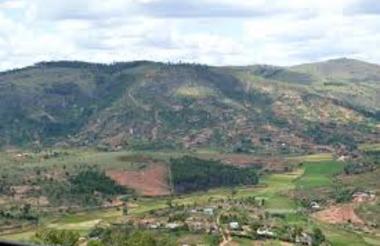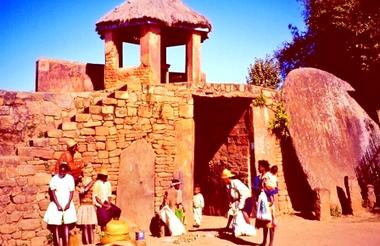Welocme to Madagascar!
We will meet and greet you at Ivato international airport to transfer you to your hotel. Depending on the arrival time, a short briefing on your stay will be done and then free activities . In case of very late arrival, the briefing will be done the following day before the start of tour.
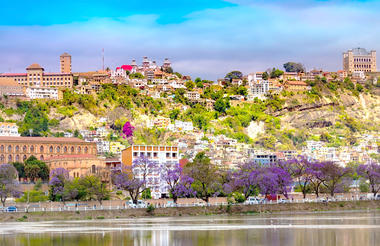
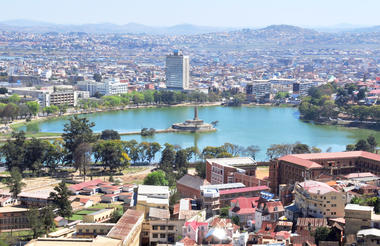
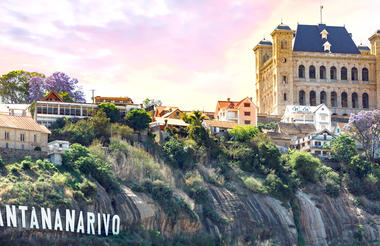
After breakfast, you will visit the upper town of Tananarive and its Rova, also known as the Queen's Palace, which overlooks the entire city and offers a magnificent panorama.
Following this visit, you will leave Tananarive towards Andasibe, traveling along the road that connects the capital to Tamatave. Tananarive is separated from the eastern part of the island by steep cliffs covered with lush forests of Angavo.
Lunch will be on your own during the journey.
You will pass through Moramanga, a significant site of the 1947 insurrection, before arriving in Andasibe in the afternoon.



In the morning, you will explore Analamazaotra National Park and its lush rainforest, where you will have the chance to encounter various lemurs, including the incredibly rare Indri indri, the largest lemur species known for its distinctive call that echoes through the forest. The park is also home to numerous nocturnal species, such as the tiny Microcebus. You will also spot chameleons and frogs amidst a diverse flora that includes pandanus, eucalyptus, ravenalas, and rosewoods. Throughout your visit, you'll come across enchanting lakes adorned with water lilies, adding to the park's charm and mystery.
Then, you will travel to Manambato, the starting point for "Akanin'ny Nofy" (Nest of Dreams) on the Pangalanes Canal. Manambato peacefully extends along the shores of Lake Rasoabe. During the approximately one-hour journey, you will admire the typical landscapes and flora of this Eastern region, as well as experience the vibrant village life along the canal.
Upon arrival at Lake Ampitabe, you will disembark, beginning your exploration of the Dream Nest.

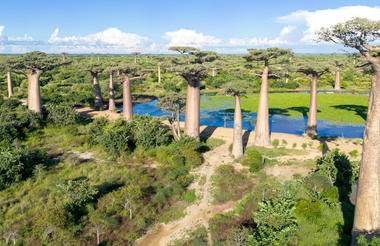
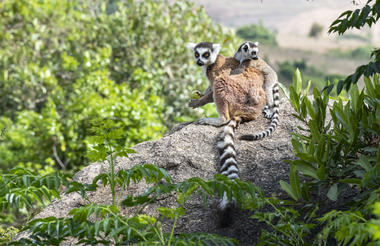
Akanin'ny Nofy, meaning "Nest of Dreams," is a name that evokes imagination and promises wonders for nature lovers. This natural sanctuary spans around fifty hectares, showcasing the breathtaking beauty of Madagascar's unique wildlife and flora. Here, you will encounter various endemic lemur species, including the iconic Ring-tailed Lemur, symbolic of the island, alongside the Aye-Aye, the Verreaux's Sifaka, and the Indri Indri. A highlight of your visit will be the "Palmarium," a must-see destination within the reserve covering thirty hectares, renowned for its 100,000 palm trees, including rare and endemic varieties like Dypsis, Orania, and Lemurophoenix. Passionate guides will accompany you on your exploration, providing detailed information about each species, whether lemurs, palm trees, orchids, carnivorous plants, and much more.
Lunch at your own
Option: If you wish to explore further and weather permits, there is the possibility of a nighttime excursion in search of the highly rare Aye-Aye lemur species. The cost is 15€ per person.
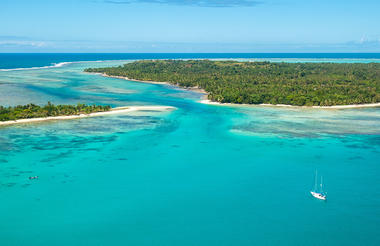
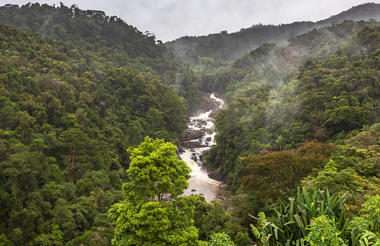
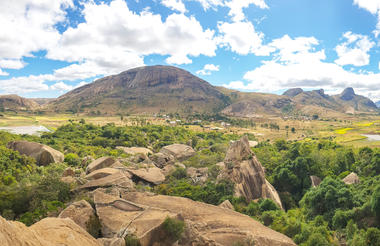
After breakfast, you will embark on a five-hour motorboat excursion along the Pangalanes Canal to Vatomandry. This picturesque town is nestled between the shores of the Indian Ocean, a lagoon, the Pangalanes Canal, and tropical forest.
You will enjoy lunch aboard the boat while soaking in the surrounding landscapes.
You will arrive at your destination in the afternoon.



You will embark from either the river port of Vatomandry or directly from your hotel, depending on arrangements, for an eight-hour boat excursion along the Pangalanes Canal. This segment of the canal, from Vatomandry to Mahanoro, is partially covered with water hyacinths and may have areas of shallow sandbars, potentially slowing down the journey. Along the route, you will visit various villages and enjoy a lunch prepared onboard with fresh ingredients sourced locally, primarily focusing on seafood.
In Mahanoro, you will take a break for a walking tour of the town to stretch your legs. Afterward, you will re-embark to continue towards the village of Salehy, crossing the vast mouth of the Mangoro River. You will spend the night camping at the mouth of the river, nestled between the sea and the Pangalanes Canal.
While the chef prepares dinner, you can stroll along the white sandy beach of the Indian Ocean, swim freely in the canal, and capture photos of the unforgettable sunset over the Pangalanes Canal.
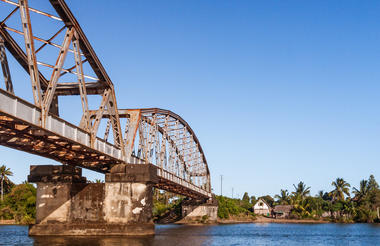

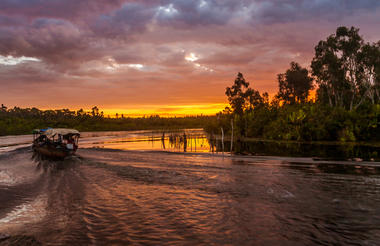
You continue your navigation on the Pangalanes : 8 hours of navigation.
You will make a stop at Ambodiharina, a bustling small town known for its commercial activities along the canal. Then, a visit to Ampanalana will allow you to explore the village and chat with the owner of a typical local shop called "Chez Maurice," known for providing a variety of goods and services that cater to everyone's needs.
Next, you will stop at Masomeloka ("the sideways glances"), a charming small town surrounded by coconut trees. Here, you will discover the traditions and customs of the predominantly Muslim villagers. The canal then changes shape, winding between high sand banks lined with niaouli forests before reaching the vast Lake Analampontsy. The crossing of the lake will take approximately three-quarters of an hour, relying on the skill and navigational sense of our capable pilot to find the continuation of the canal's route, where some boats have lost their way.
You will make a stop at Nosy Varika ("lemur island"), which has grown into a large town where lemurs have had to give way to human habitats. Here, you will have the opportunity to visit the market and explore for organic and fresh produce for the meal.
Afterwards, you will arrive at the campsite in Ambohimahatsinjo ("where one sees the entire horizon"), chosen for its panoramic view overlooking the canal. You can admire the bustling activity of bush taxis and rowing pirogues of fishermen returning home before nightfall. The evening will conclude with a rustic dinner and a campfire, accompanied by traditional songs and folk dances performed by the village youth.

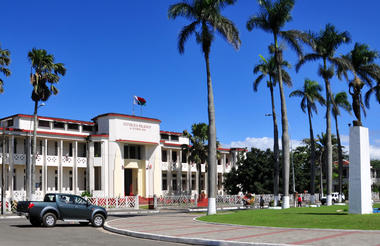
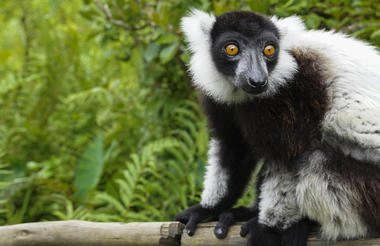
Last day of navigation: 7 hours
Departure at 7:00 AM. You will make a stop at Ambohitsara ("The Beautiful Village"), the northernmost village on the East Coast, established by the Antambahoaka ethnic group. Here, you will visit the enigmatic "Vato Sarilambo" ("White Elephant"), which tells the origin story of this ethnic group, as well as a local "betsabetsa" (mead) factory. Afterwards, you will have your meal.
Next, you will continue with the crossing of the extraordinary bay of Andragnazavaka, a vast expanse of water as far as the eye can see. You will visit Ampadimana and explore its artisan workshops for weaving, basketry, cage and pirogue construction, and blacksmithing. Take advantage of this visit to shop for souvenirs; you will have plenty of options.
The navigation will continue peacefully until reaching Mananjary.



In the morning, now back on solid ground, you will continue your journey towards Ranomafana.
Lunch will be on your own during the journey.
You will pass through a genuine forest of Ravenala, also known as Traveler's Trees. According to legend, the stems of their leaves, filled with water, can quench the thirst of a lost traveler. You will arrive in Ranomafana in the early afternoon.



The morning will be dedicated to exploring Ranomafana National Park with a local guide. This lush, green forest is home to a dozen lemur species, around a hundred species of endemic birds, as well as numerous reptiles, amphibians, and unique plant varieties found only in this park. It is worth noting that Ranomafana National Park is a UNESCO World Heritage site.
Ranomafana National Park derives its name from the village of Ranomafana, which means "hot water," referring to its thermal springs. Established in 1991, the park covers approximately 40,000 hectares at an altitude ranging from 800 to 1,200 meters.
After lunch at your leisure, you will continue your journey towards Sahambavy.
This location is renowned for hosting the only tea plantation in Madagascar, covering around 500 hectares.
About 80% of the production is exported to Kenya, as the initial tea shoots imported in the 1970s originated from there. The local population primarily engages in tea leaf picking, notably the well-known varieties "Ravimboafotsy" and "Sahambavy."



Sahambavy Tea Plantation
Half-Day Excursion
Driving time from Lake Hotel: 10 minutes each way
Elevation: None
Difficulty: Easy
Walking time in the plantation: 1 to 3 hours
Hiking Interest: A half-day excursion suitable for all to discover the tea production process.
Upon arrival, a plantation guide will greet you and lead you through the various machinery, explaining the tea processing stages. You will observe the journey of the leaves from one machine to another until they become the final product, ready to be packaged for export.
You will have the opportunity to taste the various grades of tea produced.
Afterwards, you will take a stroll towards the tea pickers who will be actively harvesting, and explore the vast and beautiful plantation.
Lunch will be served in the heart of the plantation.
After the meal, you will head to Ambalavao, renowned for Madagascar's largest zebu market (only on Wednesdays). This place is also famous for the production of handmade paper known as "Antaimoro paper."
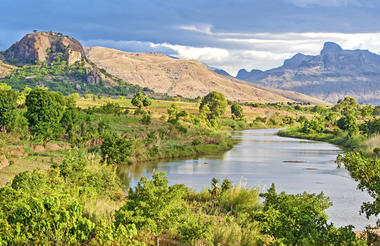
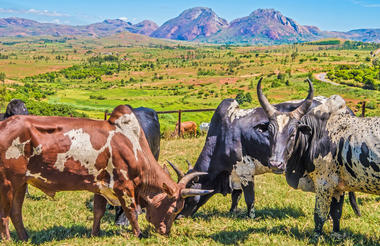
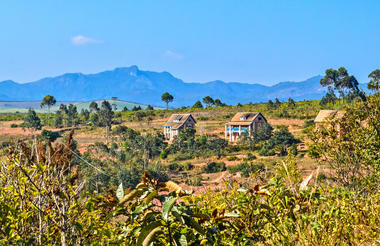
After breakfast, you will continue your journey southward. You will pass through the town of Ambalavao, renowned for its zebu market, the largest in Madagascar (only on Wednesdays), as well as for the production of Antaimoro paper. Shortly after Ambalavao, you will visit the village park of Anja. This park, blending mineral and plant chaos, is home to several colonies of Ring-tailed Lemurs (Lemurs catta). It is also a historically significant place that your local guide will be delighted to share stories about.
As you pass through the Betsileo region, the landscape and way of life gradually change as you enter Bara territory—a region characterized by vast grasslands dotted with Satrana palm trees. The Bara people, tall and robust, are a nomadic pastoralist ethnic group who roam these expansive areas with immense herds of zebu, symbols of wealth and pride for their entire community. Cattle rustling, still practiced, remains part of their ancient traditions. From a young age, Bara children are initiated into rodeo skills and bare-handed wrestling, known as Ringa. These events serve as gatherings for the nomadic Bara population. You will arrive in Isalo by late afternoon and installation to your hotel.
Lunch will be at your own expense during the journey.



This day will be entirely dedicated to exploring the park. Isalo National Park covers an area of 81,540 hectares and offers numerous hikes through magnificent and grandiose eroded landscapes. You will discover exceptional nature with surprising and diverse fauna and flora. Your guide will offer you a variety of hiking options: walks through canyons and ridges of the park, as well as swimming in natural pools. Lunch will be in the form of a picnic in the park.
You will return to the hotel in the mid-afternoon. If the weather permits, you will enjoy the sunset at the Window of Isalo, where the rocks take on a beautiful red-orange hue at the end of the day.



On the road to Tulear, you will encounter the first baobabs. There are 8 species of baobabs worldwide, with 6 endemic to Madagascar. You will enter the territory of the Antandroy and Mahafaly ethnic groups, two of the most significant ethnicities in southern Madagascar. Along the way, you will pass through the town of Ilakaka and villages of gemstone hunters. Since 1998, this region has garnered significant attention and attraction. What was once a small village has transformed into an uncontrollable "Wild West" town, where today over 100,000 people make a living from sapphire mining. Experts consider this region to be possibly the richest gemstone discovery area in the world. The entire region is experiencing a sapphire rush, which explains the presence of numerous gemstone traders in the surrounding villages.
Before just reaching Tulear, you will visit the arboretum, a collection of endemic plants including succulents, established by a Swiss individual. Following this, you will make a brief stop in the city of Tulear before continuing northwards along the coast to Ifaty.
Lunch will be on your own during the journey.
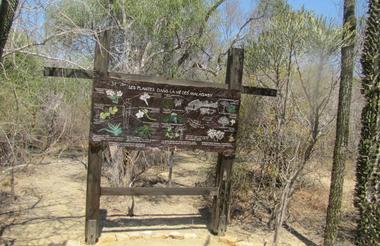
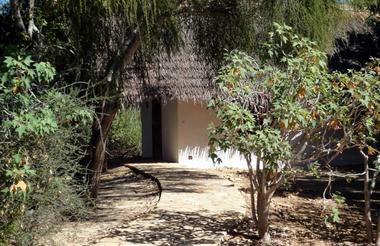
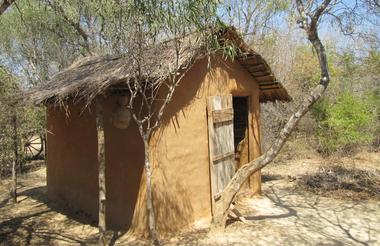
This place is a significant seaside resort where you can engage in various water activities, which you can arrange at the hotel reception. The sea is protected by a coral reef, making it ideal for diving and snorkeling. Additionally, you have the option to visit the Reniala Baobab Forest, where you can admire numerous ancient trees.
Lunch on your own.



Depending on your flight schedule, you will be transferred to Tulear Airport for your return flight to Tana. Upon arrival at Antananarivo Airport, you will be greeted. Depending on your arrival time in Tana, you may have the opportunity to visit a craft market.
Lunch on your own at a restaurant in Tulear or Tana.
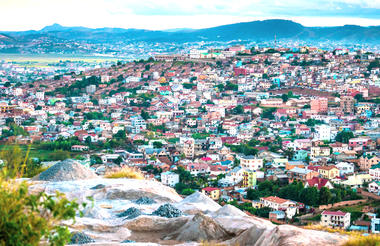
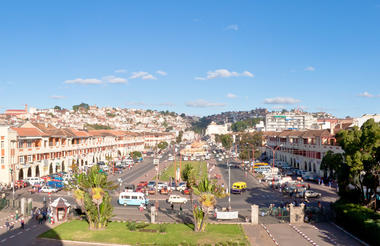
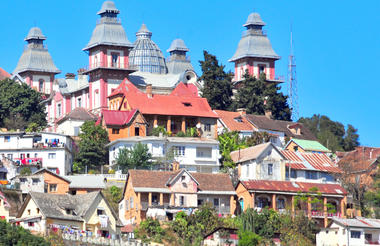
Day organized according to your flight schedule.
Time permitting, you'll visit the craft markets and, if time permits, a few stores specializing in local products such as vanilla and pepper.
You'll be transferred to Ivato airport for your international flight, with assistance until departure.
